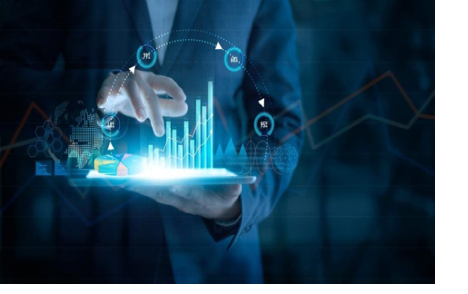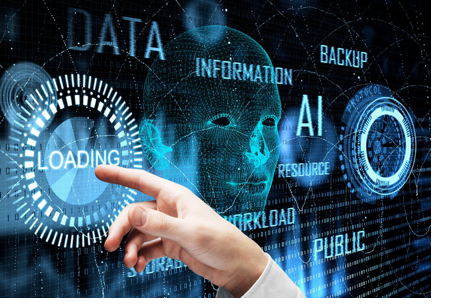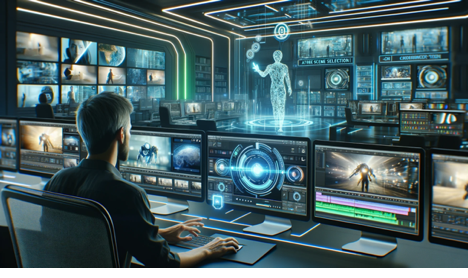Introduction
Animation has captivated audiences for over a century, evolving from hand-drawn flipbooks to the dazzling CGI spectacles we see today. But the journey is far from over. Artificial intelligence (AI) is rapidly transforming the animation industry, automating tedious tasks, and empowering creators to achieve new heights of realism and emotional depth. Let's delve deeper into how AI is revolutionizing each stage of the animation pipeline, from brainstorming concepts to final rendering.
The world of animation has always been a dance between art and technology. From the hand-drawn classics of Disney to the groundbreaking CGI spectacles of today, advancements in tools and techniques have pushed the boundaries of what's possible on screen. Now, artificial intelligence (AI) is emerging as the next game-changer, transforming the animation industry in profound ways.
AI's Impact Across the Animation Pipeline
- Pre-Production: Storyboarding and concept art used to be time-consuming processes. Today, AI algorithms can analyse scripts and generate basic storyboards with layouts and camera angles. This frees up animators to focus on refining the artistic vision and exploring narrative possibilities. AI tools can also assist with character design by creating variations based on a set of parameters. Imagine generating a range of facial structures, body types, and clothing options for your characters – all within minutes!
- Production: Animation has traditionally relied on meticulous frame-by-frame creation. AI is streamlining this process through advancements in motion capture. AI can analyse real-life motion capture data and translate it more accurately to 3D characters. This not only reduces animation time for complex sequences but also allows for more natural and fluid movements. Facial animation has seen a similar boost. AI can generate incredibly realistic facial expressions based on voice acting or even text input. This adds a whole new level of emotional nuance to animated characters, allowing them to convey a wider range of feelings with subtle expressions. Gone are the days of static faces during dialogue! Lip-syncing, a notoriously tedious task, is also being revolutionized by AI. AI algorithms can automatically generate lip movements that perfectly match spoken dialogue, eliminating the need for painstaking manual adjustments.
- Post-Production: Creating detailed and believable backgrounds used to be a significant undertaking. AI is changing the game by generating realistic and intricate backgrounds based on a few reference images. This frees up animators to focus on more creative aspects of post-production, such as lighting and colour correction. Special effects, a cornerstone of many animated films, have also benefited from AI. Complex simulations like fire, water, or explosions can now be created much faster and more realistically with the help of AI. This allows for more dynamic and visually stunning effects that enhance the overall storytelling.



0 Comments